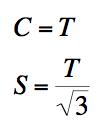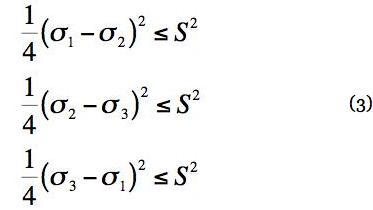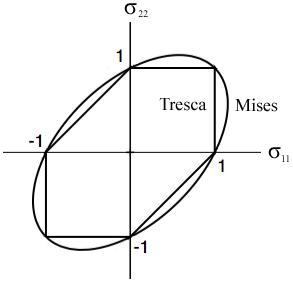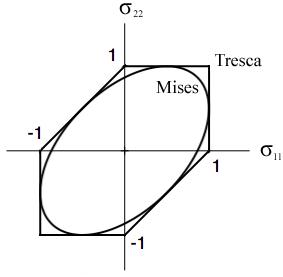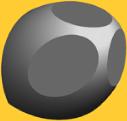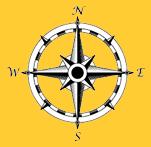Richard M. Christensen |
||
How Do Mises and Tresca Fit In
This website has made several references to the Mises criterion while the Tresca criterion has barely been mentioned. In this side section a careful look is taken of the two criteria, mainly in comparison with each other to see if there should be some inherent preference, even at this level. Concurrently, some observations will be given of how each fits into the larger picture involving generality beyond just that of the usual ductile metals. The main interpretation of the Mises criterion is that it represents a critical value of the distortional energy stored in the isotropic material while the Tresca criterion is that of a critical value of the maximum shear stress in the isotropic material. Historically, the Tresca form was considered to be the more fundamental of the two, but the Mises form was seen as an appealing, mathematically convenient approximation to it. Now, both are usually stated side by side with little or no preference. The two criteria are specified below in principal stress space. Both are one parameter forms, specified by either the uniaxial tensile strength, T, or the shear strength, S. Mises Criterion, Critical Distortional Energy
where
Tresca Criterion, Critical Shear Stress For the principal stresses ordered as σ1 ≥ σ2 ≥ σ3 then
For the principal stresses not ordered
where
The three separate forms in (3) are for the maximum shear stresses in the three principal planes. Both of these single parameter criteria can be calibrated on either T or S. The figures below, for biaxial stress states, calibrates both criteria on T and then on S. Case I, Calibration on T
Case II, Calibration on S
The maximum difference between the Mises and Tresca forms for both Cases I and II is 14.4%. The essential and striking differences between the two are the corners that occur in the Tresca form and their complete absence in the Mises form. Two basic questions are immediately apparent:
The steps of reasoning used here to answer these two questions are as follows:
Further relevant background considerations are as follows. Tresca did do testing of metals that at the time seemed to support the maximum shear stress criterion. But that testing was superseded by the later excruciatingly careful testing performed by Taylor and Quinney and as shown in Section VI. The Taylor, Quinney results support the Mises criterion. All T=C materials are metallic, polycrystalline aggregates. It is necessary to do orientation averaging to get the effective isotropic moduli properties. It is a parallel and consistent circumstance that orientational averaging must also be done to get the strength for polycrystalline aggregates. Mises (1) is consistent with this while Tresca (3) is not. Infact, Mises (1) is a composition or a type of average of the three separate criteria in (3), Tresca. The non-smooth behavior evinced by the Tresca criterion usually associates with the competition of failure modes such as with a ductile flow mode and a brittle fracture mode. But those competitive effects are not present with ductile materials. Now consider a true 2-D type of continuum to see how it behaves. This is not plane stress or plane strain which are still 3-D behaviors. In this truly 2-D case it is found that a maximum shear stress criterion (Tresca) and a maximum distortional energy criterion (Mises) are identical, both giving smooth behaviors with continuous first derivatives Then in going to 3-D the Mises form continues this smooth behavior but the Tresca form brings in corners. The Tresca behavior in 3-D is an artifact of describing the maximum shear stresses in the three principal coordinate planes. This ignores the effects that occur at smaller scales in polycrystalline aggregates, and the averaging necessary to reach macroscopic behavior. Even though the maximum difference between the Mises and Tresca criteria is only about 15% this difference represents a systemic error (divergence) on the part of the Tresca criterion and it should not be used for any isotropic materials, even for ductile metals. It is inappropriate to place the Tresca criterion on the same level as the Mises criterion, as is done in most tutorial works. The Tresca criterion only merits a historical reference. This is consistent with the fact that the Tresca criterion is the limiting case of the two parameter Coulomb-Mohr criterion which itself is only of historical interest. As discussed in Section VI the Mises criterion is the limiting case of a viable, completely general, modern failure criterion. Despite its restrictions, the Mises criterion is indeed a classical result. |
||||||||||||||||||||||||||||||||||||||||||||
|
||||||||||||||||||||||||||||||||||||||||||||
Recent Additons |
||||||||||||||||||||||||||||||||||||||||||||
Key Junctures |
||||||||||||||||||||||||||||||||||||||||||||
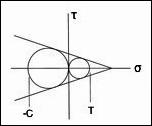 |
||||||||||||||||||||||||||||||||||||||||||||
General Matters |
||||||||||||||||||||||||||||||||||||||||||||
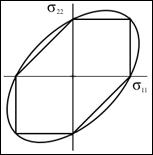 |
||||||||||||||||||||||||||||||||||||||||||||
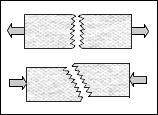 |
||||||||||||||||||||||||||||||||||||||||||||
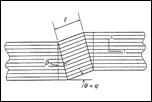 |
||||||||||||||||||||||||||||||||||||||||||||
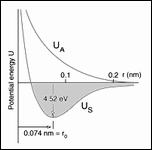 |
||||||||||||||||||||||||||||||||||||||||||||
 |
||||||||||||||||||||||||||||||||||||||||||||
Can Atomic/Nano Scale |
||||||||||||||||||||||||||||||||||||||||||||
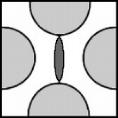 |
||||||||||||||||||||||||||||||||||||||||||||
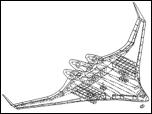 |
||||||||||||||||||||||||||||||||||||||||||||
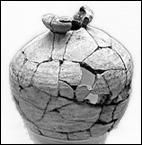 |
||||||||||||||||||||||||||||||||||||||||||||
 |
||||||||||||||||||||||||||||||||||||||||||||
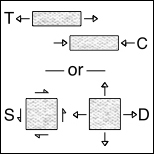 |
||||||||||||||||||||||||||||||||||||||||||||
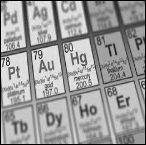 |
||||||||||||||||||||||||||||||||||||||||||||
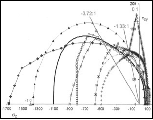 |
||||||||||||||||||||||||||||||||||||||||||||
 |
||||||||||||||||||||||||||||||||||||||||||||
 |
||||||||||||||||||||||||||||||||||||||||||||
 |
||||||||||||||||||||||||||||||||||||||||||||
 |
||||||||||||||||||||||||||||||||||||||||||||
Copyright© 2019 |
||||||||||||||||||||||||||||||||||||||||||||

